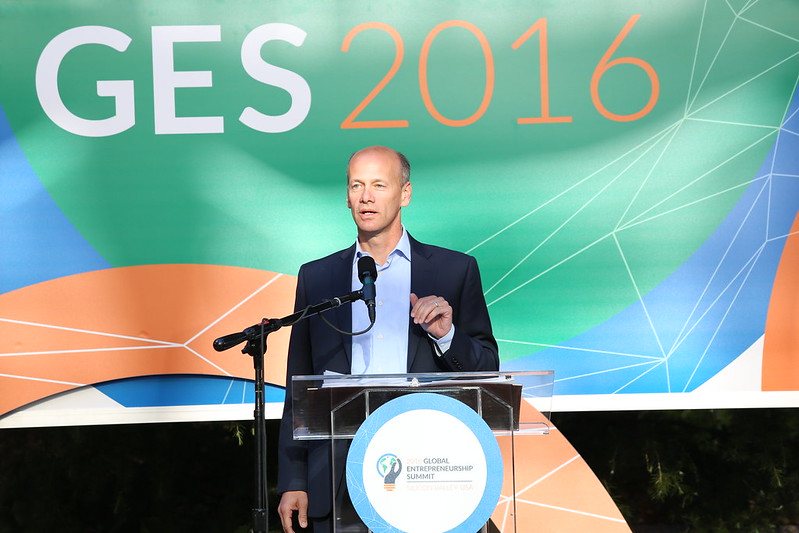
Regional banks across the US have largely stopped the massive outflow of deposits that threatened their stability after the collapse of Silicon Valley Bank but their profit margins are shrinking unexpectedly quickly.
Many of the more than a dozen midsized US banks that reported earnings this week warned the turmoil following SVB’s collapse had heightened competition for deposits, forcing them to increase the rates they pay to savers and crimping their expected earnings.
Providence-based Citizens Financial Group, the nation’s 15th largest bank by assets, told investors its income from lending would grow at about half the rate it had forecast, because it would have to pay savers more for their deposits.
“We’re still going to have growth but not as much as we thought at the beginning of the year,” Citizens chief executive Bruce van Saun told the Financial Times.
Truist, the regional bank formed in 2019 through the merger of BB&T and SunTrust, also cut its revenue growth target for 2023 “driven almost entirely by a lower net interest income outlook given higher deposit and funding costs”, chief financial officer Mike Maguire told analysts. Cincinnati-based Fifth Third and Salt Lake City-based Zions also lowered their outlook for lending profits for the rest of the year.
All told, the picture is very different from what bank executives and analysts predicted a year ago. At the time, most expected the rise in interest rates from historically low levels would result in bumper profits for lenders because they could charge more for loans without having to increase rates on deposits.
Instead, the Federal Reserve’s rapid rate increases, persistent inflation and most recently fears over SVB’s collapse have prompted customers to move money between banks and into money market funds in search of better rates.
In a sharp reversal, almost $69bn flowed out of US money market funds in the week to April 19, but the shift in deposits has tested the viability of the old school business model of regional lenders, which have long relied on cheap deposits to fund loans to niche customers.
“People are starting to digest what the implication from everything is. It’s going to be slower growth, lower revenues,” said Chris McGratty, head of US bank research at KBW.
Read more here.




